Pond liners and higher aeration rates keep pond floors relatively free of waste
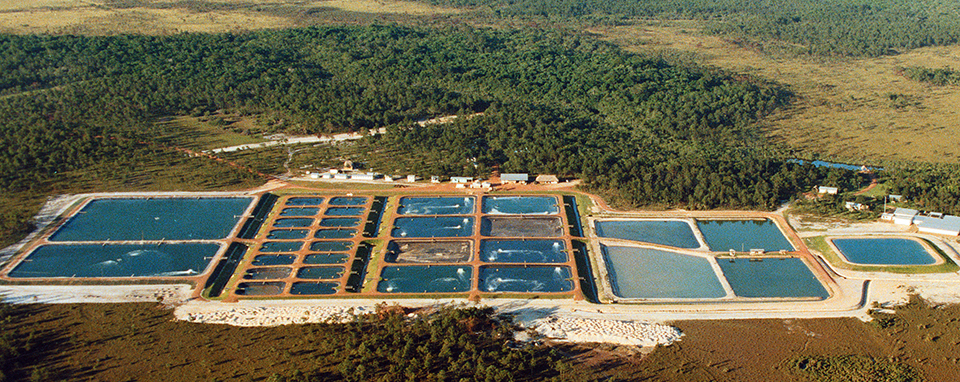
High-density shrimp rearing in zero-exchange ponds has been successfully applied at Belize Aquaculture Ltd. in Central America for a number of years. Belize Aquaculture’s integrated approach to farming uses selectively bred stocks, feed input with less than 20 percent protein, stocking densities of 120 animals per square meter, and water recirculation through treatment ponds only at harvest time. Shrimp production has been on the order of 15 metric tons (MT) per hectare.
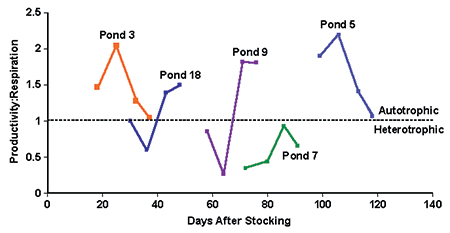
The facility’s grow-out ponds are lined with polyethylene plastic and have high levels of aeration, both to provide sufficient oxygen for the high density of animals and keep most of the particulate waste matter suspended in the water column. The growth of the microbial community is also encouraged with the addition of carbon sources in grain-based feeds and molasses. The theory is that the microorganisms improve water quality and, in the form of flocculated particles or “flocs,” provide a food source for the shrimp.
Pond microbial community
In June 2001, Dr. Michele Burford and Peter Thompson of Commonwealth Scientific and Industrial Research Organization (CSIRO) and Doug Pearson of the Australian Prawn Farmers Association visited Belize Aquaculture to study the microbial communities in the shrimp ponds. Consistent with previous studies, they found that the nutrient concentrations and numbers of bacteria and algae were very high when compared with conventional flow-through ponds. Despite high concentrations of potentially toxic compounds, including up to 3.5 milligrams per liter ammonia and 8.5 milligrams per liter nitrite, the shrimp growth rates of 1 grams per week were acceptable.
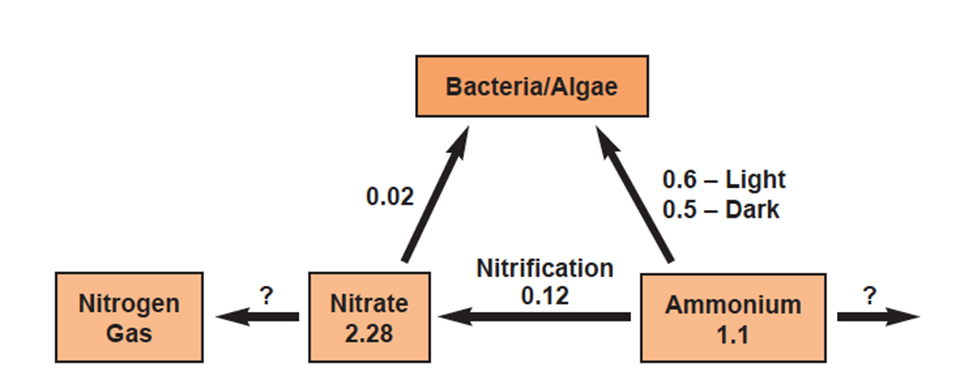
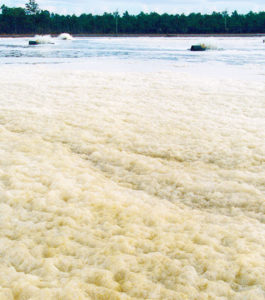
The densities of the flocculated particles ranged 1,070 to 4,310 per millileter, with an average diameter of 0.2 mm across the five ponds studied. Up to 50 percent of the bacteria in the water was associated with these flocculated particles. Dead algae were also a significant component of the flocculated particles, while the free-living algae were dominated by cyanobacteria (blue-green algae), dinoflagellates, and other small flagellates. Unlike many conventional pond systems, there were almost no diatoms.
The Belize Aquaculture system has often been described as a heterotrophic system, one dominated by bacteria. However, this study showed that the ponds switched between net heterotrophy and algal-dominated autotrophy throughout the grow-out season (Fig. 1). This was likely the result of blooms and crashes of algae.
During the algal blooms, ponds were autotrophic, but during algal crashes, they were heterotrophic. Despite the addition of grain-based feed and molasses to provide carbon for bacteria throughout the growth season, the carbon:nitrogen ratio in the water decreased as the season progressed.
Water quality effects
The microbial community can affect water quality, particularly nitrogen concentrations, in two key ways. Firstly, bacteria and algae can use dissolved nitrogen, such as nitrate and ammonia, for growth. In this case, dissolved nitrogen is converted into biomass
While this process reduces the dissolved nitrogen concentration, it replaces it with particulate nitrogen in the form of biomass. Mixing of the water column with aerators is therefore critical to keeping the biomass suspended in the water column. Otherwise, the biomass settles to the bottom, where it decomposes and releases dissolved nitrogen, thereby starting the cycle again.
Alternatively, nitrifying bacteria are able to convert ammonia to nitrate. Denitrifying bacteria then convert the nitrate to nitrogen gas. In this case, there is net nitrogen removal from the system.
Nitrogen uptake and nitrification
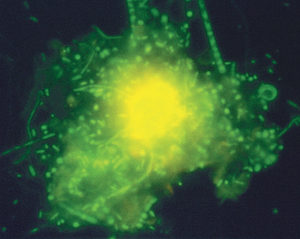
This study measured nitrogen uptake by algae and bacteria, and nitrification by bacteria (Fig. 2). Overall, the rates were higher than those measured in conventional flow-through shrimp ponds.
The process of conversion of ammonia into bacterial and algal biomass was much faster than the conversion of ammonia to nitrate via nitrification. The authors found that all the ammonia present in the ponds was converted to bacterial and algal biomass on a daily basis. Nitrogen removal via denitrification was not measured, but given the relatively low nitrification rates, it is unlikely much nitrogen was lost as nitrogen gas. There is, therefore, considerable scope to improve the nitrification process.
C:N ratio
The low carbon:nitrogen ratio in the ponds suggested bacteria likely become carbon-limited late in the growth season, and there is scope for increasing carbon inputs. This may help promote the growth of bacteria involved in converting ammonia into biomass. However, if the objective is to promote nitrification, carbon loading may have a negative effect on bacterial activity. Other studies have shown that nitrification can be inhibited by organic carbon.
Conclusion
Despite water quality conditions that would generally be considered poor or detrimental to shrimp growth, shrimp production is high at Belize Aquaculture Ltd. This suggests that factors other than water quality are also important.
The key difference between the Belize Aquaculture system and conventional ponds is the use of pond liners and higher aeration rates. This combination keeps the pond floors relatively free of waste products, with sludge covering less than 2 percent of the pond area. The implication of this is that more attention should be focused on sediment and pond bottom conditions than water quality, despite the difficulties of sediment monitoring.
(Editor’s Note: This article was originally published in the August 2003 print edition of the Global Aquaculture Advocate.
Now that you've reached the end of the article ...
… please consider supporting GSA’s mission to advance responsible seafood practices through education, advocacy and third-party assurances. The Advocate aims to document the evolution of responsible seafood practices and share the expansive knowledge of our vast network of contributors.
By becoming a Global Seafood Alliance member, you’re ensuring that all of the pre-competitive work we do through member benefits, resources and events can continue. Individual membership costs just $50 a year.
Not a GSA member? Join us.
Authors
-
Michele A. Burford, Ph.D.
Centre for Riverine Landscapes
Facility of Environmental Science
Griffith University
Nathan, Queensland 4111
Australia -
Peter J. Thompson
CSIRO Marine Research
Cleveland, Queensland, Australia -
Hank Bauman
Belize Aquaculture Ltd.
Belize City, Belize -
Doug C. Pearson
Proaqua
Hamilton, Queensland, Australia
Tagged With
Related Posts
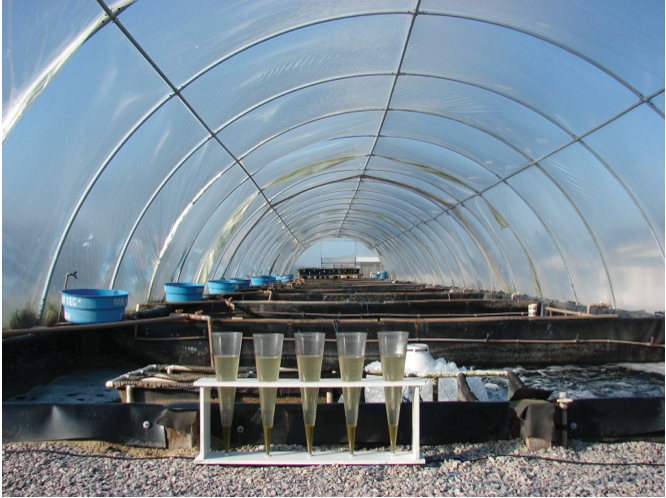
Health & Welfare
Ammonia addition enhances microbial flocs in nursery phase for Pacific white shrimp
In a study, “pre-fertilization” in the nursery phase of a biofloc system for shrimp was tested. The objective was to accelerate the biofloc formation to minimize ammonia concentrations, avoiding high peaks during culture.
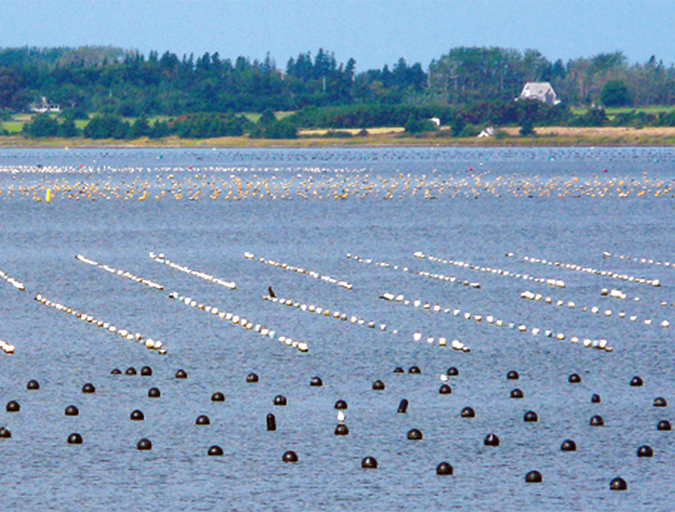
Innovation & Investment
Aquaculture in Canada: status, perspectives
Canada exports farmed seafood products to more than 22 countries and is the main seafood supplier to the U.S. market. Finfish, primarily salmon, production is strong and shellfish production is growing, but diversification will be imperative to maintain competitiveness.

Health & Welfare
Bacillus probiotics improve hatchery, nursery production in EMS-hit Mexico
In early 2014, a trial to evaluate the effects of a mixture of Bacillus strains on early mortality syndrome bacteria during the larviculture and nursery phases for shrimp was carried out at a commercial hatchery in Mexico.
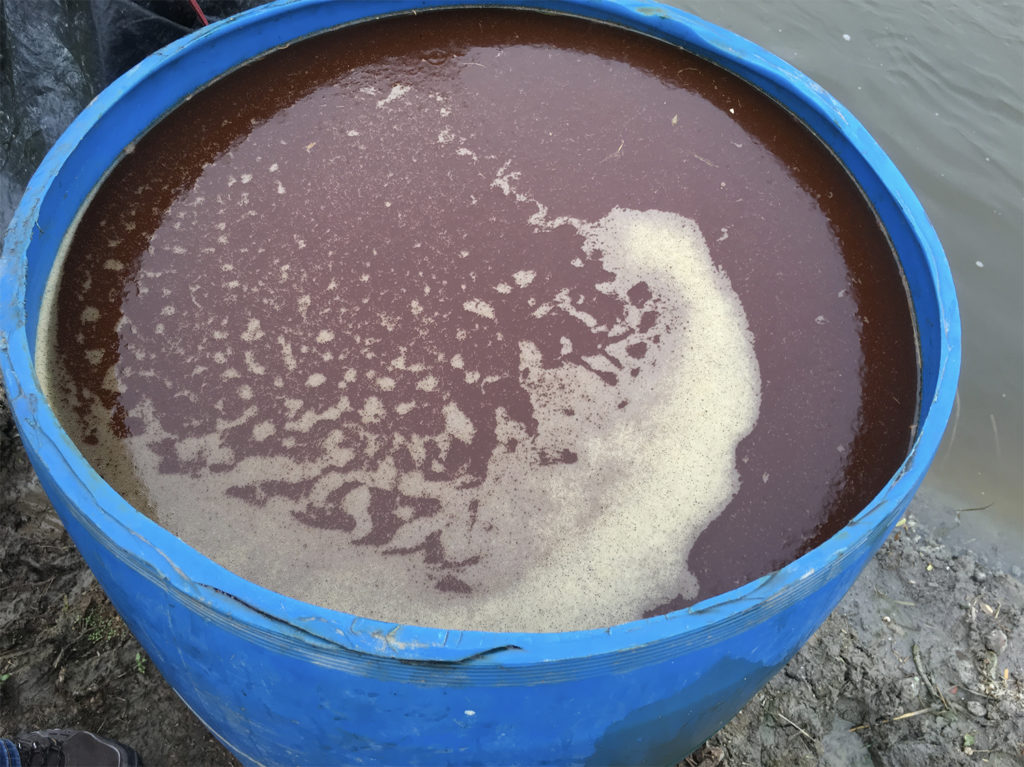
Responsibility
Bacterial amendments in shrimp grow-out ponds
Pond microbial communities are a critical and often overlooked component of aquaculture ecosystems. Bacterial amendments like probiotics provide significant support to shrimp farmers around the world.


